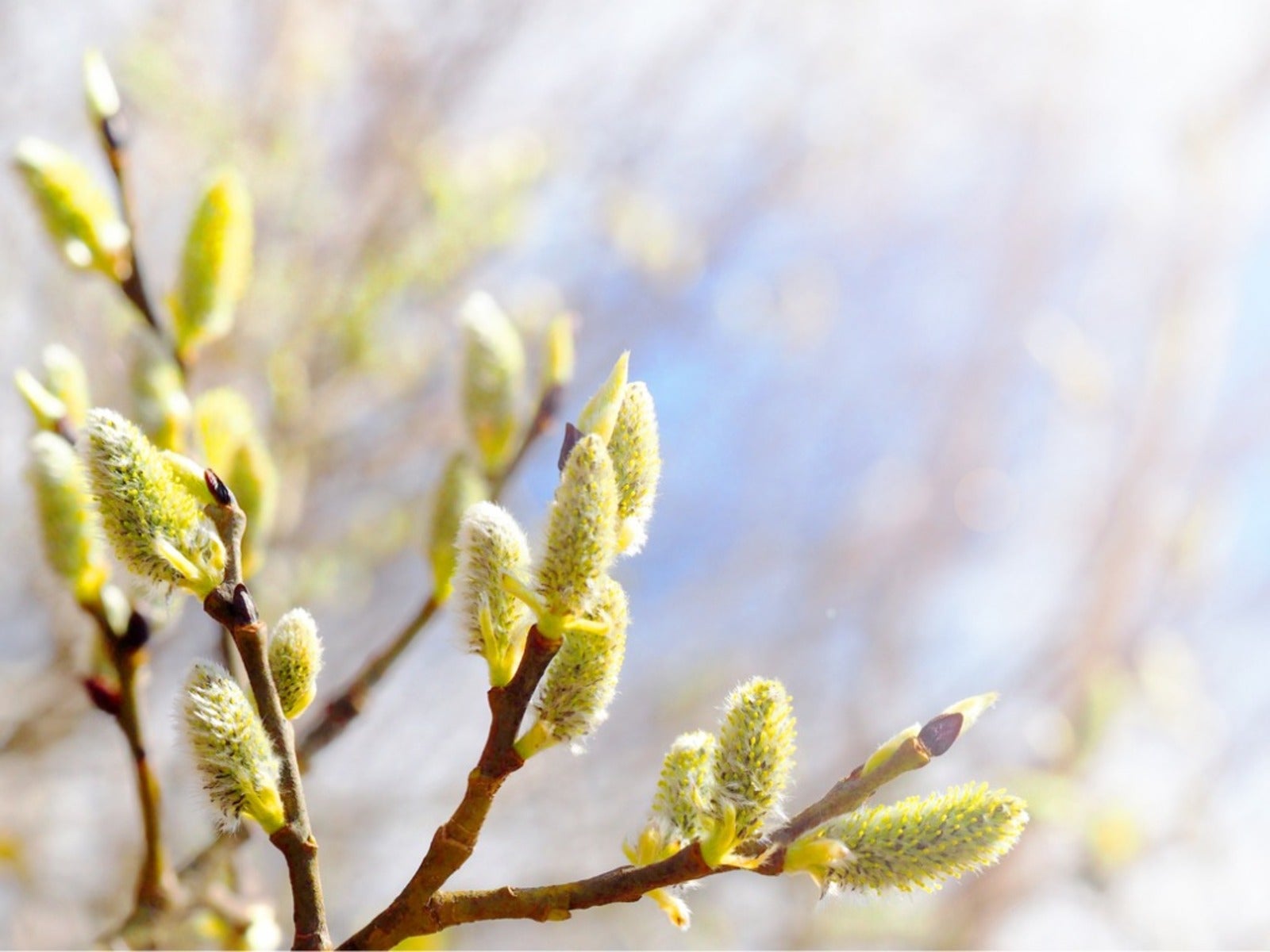What Are Pollinizers And How Do They Affect Crops?


The term pollinizer is easy to confuse with pollinator, and many people misuse the terms. A pollinizer is a plant, while a pollinator is an animal, usually an insect. Both are important in producing fruit on trees, vegetable plants, and more.
What Are Pollinizers?
The definition of a pollinizer is simple: it is a plant that provides pollen. Some plants provide their own pollen to fertilize flowers and set fruit. Others need a second plant, a pollinizer, to provide the pollen for reproduction.
A pollinizer can be a different variety of the same species. It can also be the male version of a dioecious species (male and female reproductive organs in separate flowers on separate plants). For instance, holly plants are either male or female. The female plants will only produce the characteristic red berries if a male plant is nearby to provide pollen and act as a pollinizer.
Difference Between Pollinizers and Pollinators
Pollinizers and pollinators are not the same, although the terms are often confused. While a pollinizer is always a plant that provides pollen, a pollinator’s job is to is transfer pollen. Honey bees are common pollinators. Lesser-known pollinators include flies, birds, bats, and moths.
A pollinator visits a flower to feed. While feeding, pollen sticks to their legs or bodies. When they move to another flower to feed, they leave some of the pollen behind and pick up more, transferring it from flower to flower and plant to plant.
Pollination, Pollinizers, and Pollinators
To get fruit on a plant, you need pollination. Pollination often requires pollinators to transfer pollen. Some plants also require pollinizers, different varieties of plants nearby. When all of these elements come together, you get a good harvest.
Self-Pollination vs. Cross-Pollination
Some plants are self-fertile, or can self-pollinate. They have evolved flowers that contain all the necessary components of reproduction. The flowers have both male and female parts. Some pollinate before they even open.
Gardening tips, videos, info and more delivered right to your inbox!
Sign up for the Gardening Know How newsletter today and receive a free copy of our e-book "How to Grow Delicious Tomatoes".
Beans and peas in your garden are examples of this. Their flower shapes make it easy for pollen to stay contained within the structure. For plants like these, you can save seeds and expect to get the same plant again rather than a hybrid.
Many plants require cross-pollination to reproduce. Cross-pollination occurs when pollen moves from one flower to another. This is done by pollinators, like bees. While some plants must be fertilized this way, others are somewhere in between. They set fruit better, or produce higher quality fruit, when cross-pollinated.
Using Pollinizers to Grow Crops
Many food crops rely on cross-pollination, either to pollinate at all or to maximize harvests. Apple trees are a good example of growing fruit with pollinizers. Apple trees need pollinizers for cross pollination, either other apple varieties or crab apples.
The pairing of pollinizers with plants to be pollinated matters. Some varieties work well together, while others do not. Spacing is also important. The pollinizer must be close enough to allow for pollinators to move easily between the plants.
In commercial apple growing, farmers use a couple of different strategies. They might include a row of pollinizers between every four rows of crop trees. Alternatively, they can place one pollinizer in each row, but staggered and offset with respect to each other.
Most fruit trees require pollinizers. Some are picky about which varieties are used to cross-pollinate, like apples. Others, like pears, can cross-pollinate with any variety. Most berries self-pollinate, but blueberries require cross-pollination.
Before planting fruit or vegetables in the garden, be sure you understand the pollination requirements. This will help you plan what to grow, any pollinizers you need to include, and how to arrange beds or fruit trees.

Mary Ellen Ellis has been gardening for over 20 years. With degrees in Chemistry and Biology, Mary Ellen's specialties are flowers, native plants, and herbs.